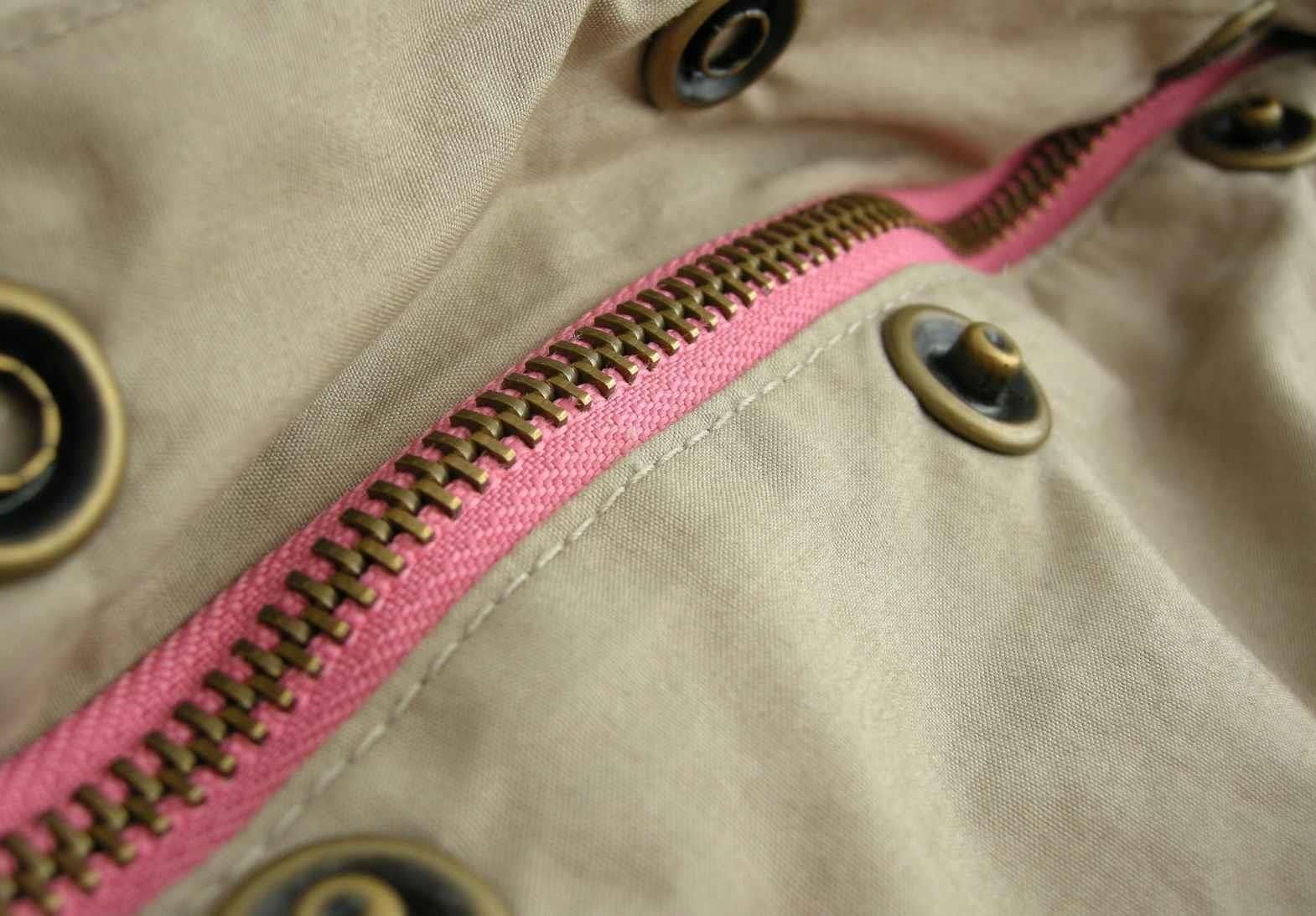Readymade garments (RMG) are made of different textile fibres dyed with different colourants and processed with numerous chemicals. Still, they also contain many non-fibre components to enhance the aesthetic appeal, comfort wear properties and body fitting performance. Such components are called accessories. These include buttons, buckles, zippers, motifs, toggles, rivets, studs, hooks, clips etc. Most of these are metallic components and are used as multi-coloured, multi-design embellishments to enhance the decorative attractiveness of the garments. Thus, such accessories enhance value addition and become crucial to RMG.
Typically, such accessories are incorporated in the textile material after the fabric manufacturing and during the garment making stage. The type and the extent of such accessories used in the garments widely varies depending on the intended target consumer, in terms of womenswear, menswear, kids’ wear, party wear, workwear, sportswear etc. Fashion designers and artists focus on the aesthetic appeal and visual decorative impact of the garment but tend to overlook the technical aspects in terms of long-term wearability and functionality of the textile component.
Such metallic accessories then become a part of the garment and, during subsequent consumer usage, tend to cause numerous problems such as skin-scratching and tearing and entanglement of adjacent fabric material, creating impression marks when stored under pressure/weight for prolonged periods etc. Apart from this, such accessories typically encounter two problems, which result in spoiling the garment’s aesthetic and usability.
1. Corrosion – material decomposition through chemical reactions
2. Erosion – physical destruction due to wear and tear
Corrosion is a major issue; being metallic, these parts tend to get rusted when stored under hot, humid conditions for a prolonged period of time and when exposed to atmospheric conditions and home laundry washings. The electrochemical oxidation of metallic accessories resulting in rust formation takes place when the oxygen in the environment causes the formation of metal oxides. Such corrosion or rust formation on the surface of the metal parts results in distinctive colouration.
Such rusted garment accessory surfaces become rough, jagged and brittle. This causes the breaking of accessory components, jamming of the zips, discolouration of the adjoining fabric component, tearing of sewing threads etc. Hence, they should be prevented from getting corroded, which is the basic cause of rust formation and spoiling of the aesthetic appeal of the garments. However, they also impact the material’s tensile strength, causing undesired fibre tears and fabric holes. Therefore, it is recommended that these metallic parts be made rust-proof with the help of a suitable chemical treatment that prevents corrosion and enhances the durability and longevity of the garments.
The basic reason for rusting metallic garment parts is exposure to acidic, humid conditions and water-hardening agents. This can be overcome by building a transparent chemical protective layer on the metallic parts, preventing exposure to atmospheric conditions and forming a metallic complex, rendering it protective in rust-forming conditions. The fashion designer and the garment manufacturer should emphasise use of chemically pretreated and rust-proof metal accessories before incorporating them into the garment design.
Such rust-protective chemicals are supplied by the manufacturers in different nomenclature, such as
• Chelating agent
• Sequestering agent
• Demineralising agent
• Protective colloid
• Ligand formators
• Metal conditioners
• pH controllers
These chemicals form a complex with the metal component of garment accessories as well as with water-borne metal ions such as calcium, magnesium, and iron. Thus, as the proverb says, ‘prevention is better than cure’, it is advisable to take precautions during garment making rather than trying to repair the damage after it has happened. The other alternative is to use home laundry detergents containing water-softening components, which will help prevent the adverse impact of the alkali earth metal ions present in the raw water on the garment accessories.
These sequestrants are organic substances which can connect metal ions or molecules together to form complex structures that resemble rings and are referred to as chelates. This creates a stable structure that does not easily disintegrate. When they encounter calcium, magnesium, and other heavy metal ions found in hard water, they form molecules in which the ions are trapped (sequestered) so tightly that they cannot undergo any further chemical reactions.
The following are the primary categories of commercial sequestering agents:
• Amino carboxylates
• Hexa meta phosphates
• Phosphonates
• Hydroxy carboxylates
• Polyacrylates
• Sugar acrylates
When the garments are washed, the alkali earth and heavy metal ions present in water increase the hardness of water and tend to deposit on the metallic parts. Thus, the sequestrant treated metal accessories of the readymade garment form a protective layer and prevent damage to the textile material. The benefits include:
• Effective hard water stability
• Stability over a wide pH range
• Excellent calcium, magnesium, and iron binding capacity
• Desired dust/dirt dispersion capability
• Prevents corrosion of the metal components of the garment
Thus, making the garments rust-free is essential to maintaining the aesthetic value and the durability of the readymade garments.
(Acknowledgement: The author would like to thank the Institute of Chemical Technology (ICT) Mumbai for providing this opportunity to share relevant information.)


 (1)20240730094415.jpg)







Comments